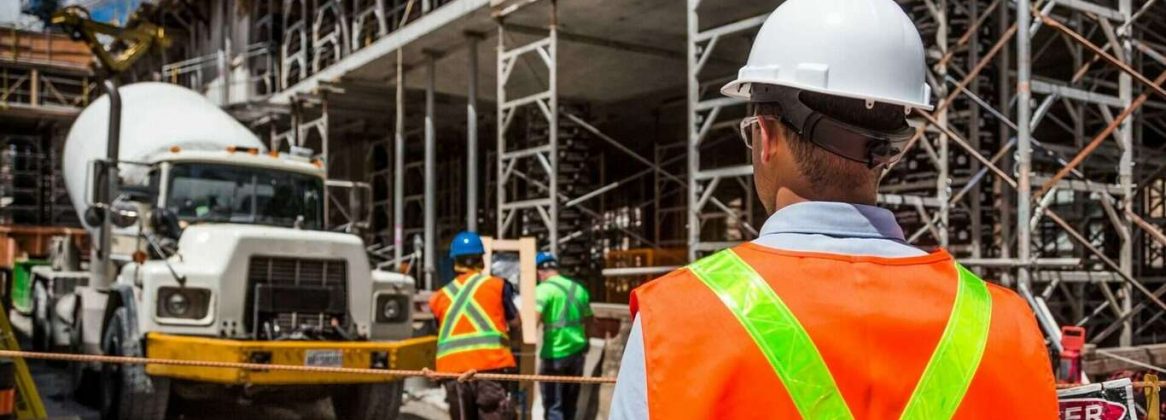Last-mile digitalization refers to digitizing the last leg of the industrial process i.e., field execution. It involves moving away from paper-based processes to digital workflows and facilitating horizontal as opposed to vertical communication. It is a crucial step in bridging the gap between those who define protocols and those that execute them.
The ultimate goal of last-mile digitalization is to empower deskless workers on the shop floor with digital solutions that enable immediate access to people, information, and resources and help them perform their tasks more effectively. This is key to digital transformation in Industry because the last-mile completes the value chain and digitizing it will allow successful implementation of enterprise-wide initiatives.
Digitizing the last-mile enables:
- Automation of routine tasks to reduce manhours
- Collaboration between the field and office to improve First-Time-Right rates
- Remote guidance from experts to resolve on-field issues as they arise
- Real-time communication with field technicians
- Data-driven decision making with task and technician level data from the shop floor
Despite its obvious benefits, last-mile digitalization comes with many unique challenges that make it a difficult target to accomplish.
The challenges to achieving last-mile digitalization
Some key problems slowing down implementation of digital solutions in the last-mile are:
- Ineffective Communication: The redundant top-down approach to sharing knowledge leads to confusion by the time the information reaches the shop floor. Each group ends up interpreting the information in their own way and following their own methods of implementation and this leads to further chaos.
- Worker apathy/resistance: Deskless workers are often blue-collar workers who are paid low salaries. This may fuel a disinterest in digitalization initiatives and an unwillingness to work outside of their comfort zones.
- Lack of managerial motivation: Managers don’t feel incentivized to invest in the last mile due to implementation costs and no way to measure ROI.
- Broken point solutions: The various digital solutions available for the last-mile today only solve singular problems and do not facilitate a bottom-up implementation approach either. Hence, still making adoption of these tools unscalable and unattractive to those that will drive this digitalization – deskless workers and management.
Organizations can overcome these challenges by leveraging holistic solutions via a platform-based approach that allows ‘last-mile implementation’ – slowly bedding in the digital initiatives and allowing those on the shop floor to adopt and adapt over time.
A platform-approach helps sustain this initiative because it allows organizations to build and implement customized solutions for different objectives across the value chain, including the last-mile. New features can easily be added to existing solutions as and when needed. Most importantly, with a platform, these solutions are interconnected with one another and with other existing business systems.
At Maximl, we eliminate the burden of digitalizing for the last-mile with our customizable and easy-to-use solutions that are built on our low-code platform. Talk to us today!



